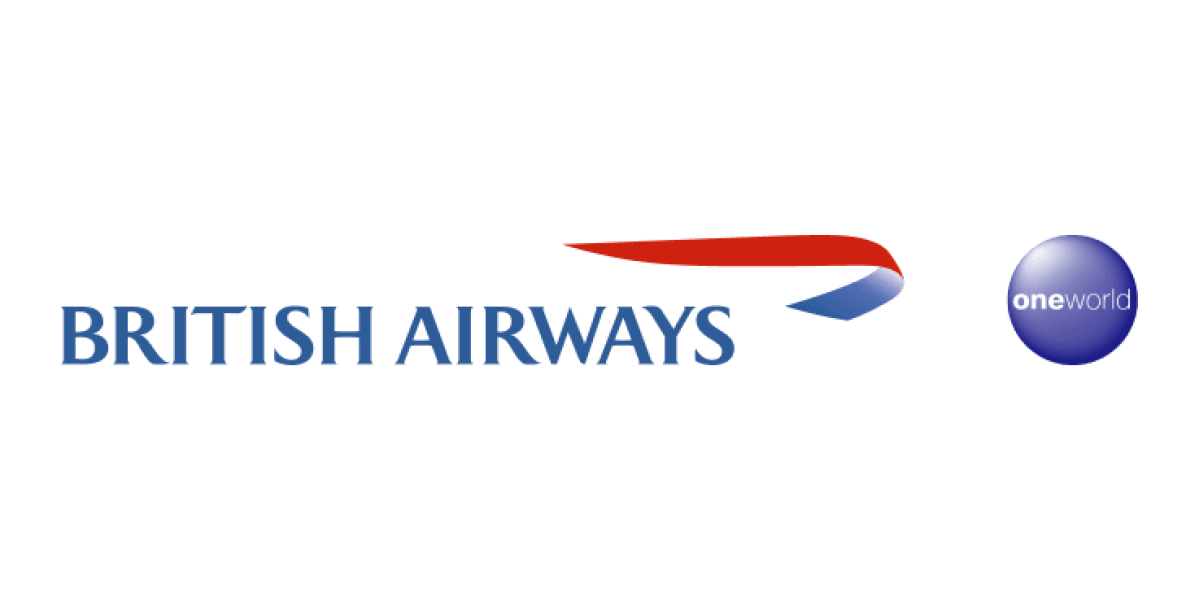It reminds me very much of the AF447 crash, unlike the MAX crashes that was a slow and consistently bad mismanagement of the situation by the crew.The worst part of the MCAS debacle was that if they’d simply told us what it was and that disconnecting the SPEED TRIM would stop it, no-one would have died.
Indeed, one of the crews did disconnect it, but by instinct not an MCAS checklist, so they turned it back on, and then it killed them!
I’d probably have died in the first crash, because it happened so quickly, without knowledge and the aircraft seemed to be TRYING to kill them.
In the second event, insidious though it was, I think it was survivable.
I was flying the MAX at the time of those crashes and was as outraged as everyone else when we heard about MCAS, because “but for the grace of God…!”
One contributing factor was the fact that the copilot was sat with his sidestick pointing the nose to the sky, the opposite of good stall recovery. The captain had no idea about this because the sidesticks aren't physically linked and so he couldn't see to challenge the inputs, he did ask eventually but then it was too late.
Anybody from outside would argue that the sidestick design by Airbus contributed to cause the accident. This is actually true in terms of the design but it doesn't account for the fact that the pilots acted outside of the bounds of what is required.
With MCAS and the MAX crashes the pilots similarly did act outside of the bounds of what is required and the aircraft crashed. The difference I guess is they acted unwittingly because the system was so poorly documented and that's where Boeing will have to answer for its sins.

